The Ha Kome Caves are one of the most curious places you can visit in Lesotho and have been classified as a World Heritage Site. These caves consist of five cave houses made of mud built inside a large cavern. Kome Caves are also known as Komaisa Caves or “the great caves”.
There are different versions about the origin of these caves, but what is clear is that they served as a refuge for different tribal groups escaping from the battles that originated in the 19th century and from the cannibal population who is said to have lived in this area and to have terrified everyone who passed by. In addition, this area was also historically inhabited by the San population.
Today, in these five cave houses that are the descendants of the ancient inhabitants who lived there, there is still a family like Mamutunusi, an old woman whom we were able to meet and who invited us to enter her house which is built in the cave. There, you will be able to see the ancient hideout of at least 3 different tribal groups that established their refuge there.
On the topic of animal fauna, it is interesting to observe the bats that live in the Kome caves, as they lay upside down, which is unusual for these animals. The explanation for this position is that the roofs of the caves are covered by a thick layer of guano, which serves as a natural soil for bats. Guano also provides a food source for these animals, as well as spiders and rodents that can also be found in Ha Kome Caves.
You can drive to the Ha Kome Information Center, which is located about 500 meters above the caves, where you will also find local handicrafts. You will park your vehicle there (you can also camp although there are no showers), and to walk to the caves you will have to pay the entrance fee of 70 Rands per person (approximately 4.20€). You will be accompanied by a guide and it is highly recommended to wear good footwear to make the descent to discover these dwellings that are hidden under the gorge of the Pulange mountain range.
The visit to the Ha Kome caves will not take you long, and you can combine this activity in the same day while visiting the interesting mountain of Thaba Bosiu (about 45 minutes by car from the Ha Kome caves. Here you can find more information of this very special place), as we did. A day where you will retrace the history of Lesotho and learn how a culture and a group have remained so rooted in these highlands of the African continent.
How to get there?
Ha-Kome Caves are located in the Pulange area of Berea District, about half an hour’s drive from Teyateyaneng, the capital of Berea District, and an hour’s drive from Maseru.
If you come from the north, that is from the area of Leribe (also known as Hlotse) or Butha-Buthe, you will have to take the main road A1 towards Maseru to the town of Teyateyaneng. There, just past the town you will have to turn left onto a secondary road, which is also paved, and which passes through a small town like Mahatlanes. You will have to travel the 18 kilometers of this road and turn left again following the signs for Ha Kome. The last part of the journey is only 2 kilometers on a dirt road where at the end you will go down a road where it is advisable to go with a high car and from where you can already see the perspective of the Ha Kome caves below the gorge where you will find the tourist information office where you have to leave the car.
If you are coming from Maseru, you have the option to drive to Teyateyaneng on the A1 and follow the directions above, or exit south of the capital on the A2 and just after 5 kilometers take a turning on your left towards Bokatis Store where you will start driving on the B21, an asphalt road that ends after 14 kilometers and where you will have to turn left towards Thaba Bosiu, which is just under 4 kilometers away. From Thaba Bosiu, one of the most important historical sites in the country, you will have to follow the main road (which is the one that goes to Teyateyaneng) for about 26 kilometers until you reach a junction on your right where you will find the signs for Ha Kome and where you will be only 2 kilometers from the information office.
If you are coming from Semonkong (A3) or Thaba-Tseka (A5), you will have to break six kilometers before you reach the addition to the A2 on your right to take the road that will take you directly to Thaba Bosiu (after 9 kilometers), and later to the Ha Kome caves. And if you come from Malealea on the A2, you can take the A3 road in the direction of Thaba-Tseka, and after six kilometers take the road on your left that goes to Thaba Bosiu. After passing this historical point in Lesotho, you will finally have 28 kilometers to reach the Ha Kome Caves.
The different versions of the origin of the Ha Kome caves
As we have told you, the origin of these caves is totally uncertain. Ha Kome (which etymologically means “the place of Kome”) is one of Lesotho’s hidden treasures. It is a town that was hidden from all its neighbors for hundreds of years. This place, located in the Phuthiatsana valley, is at the foot of the Pulange mountain range, in a vast gorge of a small tributary of a river. In this gorge there are different caves that we could imagine were also shelters of the San people, one of the oldest peoples on the African continent (for more information about this people we also met in Botswana, you can click here).
In this gorge we currently find two different tribal groups: the Basia, who settled at the top of the gorge with a fixed population of about 800 inhabitants, and the Bataung who moved into the gorge, 800 meters to the north -west of the caves, and that they were the ones who lived in Ha Kome. In fact, if you visit them you can meet the tribal chief whose last name is Kome, as his ancestors lived inside the cave.
The origin of the arrival of Kome and his family in this gorge and the construction of these houses is not clear. Currently there are different versions. One version says that Teleka, the father of Kome and the Basia ethnic group, escaped from the fierce battles taking place near his village located in the Matatiele area. Teleka moved with his family to find a safe place, and he arrived in this gorge where he found these caves. This would be an ideal place to go unnoticed by all the inhabitants of the area.
However, after a while another person arrived from the Mekoatleng’l area called Khut’soane (known as the “leopard clan”) and settled in the same gorge, a short distance from the family from Teleka. Although they could see each other perfectly, the two different groups coexisted without saying anything to each other for several months, as they feared that the other was a cannibal. The first time they met, they saw that neither of them were cannibals and Teleka authorized Khut’soane to marry his daughter so that he would also become part of the Basia tribal group and avoid having more enemies in those caves that only they had discovered. Thus, a new family was established where Kome, son of Teleka, would be the tribal chief and hence the name Ha Kome.
Another version explains that these caves were created by Kgotso Komaise, who was seeking refuge after being displaced from his home by an earthquake. They say that he and his family settled in the caves seeking refuge from the cannibals that once inhabited the area and from the wars between different clans caused by a drought at the end of the 18th century.
Kgotso was from the Basia clan, also known as the “cat” clan, which came from the Eastern Cape. Seeing that they were in danger, they sought hiding in a more remote area, seeking shelter under this large granite rock. Kgotso and his family began to build their houses below this granite rock, where over the generations a community has been created with more than 300 people living in the village located above this rock.
The third version says that King Moshoeshoe escaped with Teleka from Botha-bothe, and they found this gorge to take refuge from the various battles and to have a wide view of who might come and be hidden also from the cannibals, who lived in caves. Based on Moshoeshoe’s power and bargaining power, the cannibals were brought under his power and were able to move into the caves, where they say that Teleka, with magical powers, killed a snake that was the one that controlled the power of all the valley and he took the reins of this gorge.
And finally, another version says that a Zulu man known as Zanjane settled in this gorge during the year 1820 when the Boers were conquering different territories in the Lesotho area. There, he took refuge with the cannibals and King Moshoeshoe found him on his way to Thaba Bosiu and joined his team controlling that whole area with the Basia and the Bataung. This man established the “lions” clan.
As you can see, there are many stories that try to explain the origin of these houses built inside the caves. Very curious constructions that served as a refuge for many people and that today still continue to have life thanks to some families of the descendants who do not want to leave this magical place for its history and meaning.


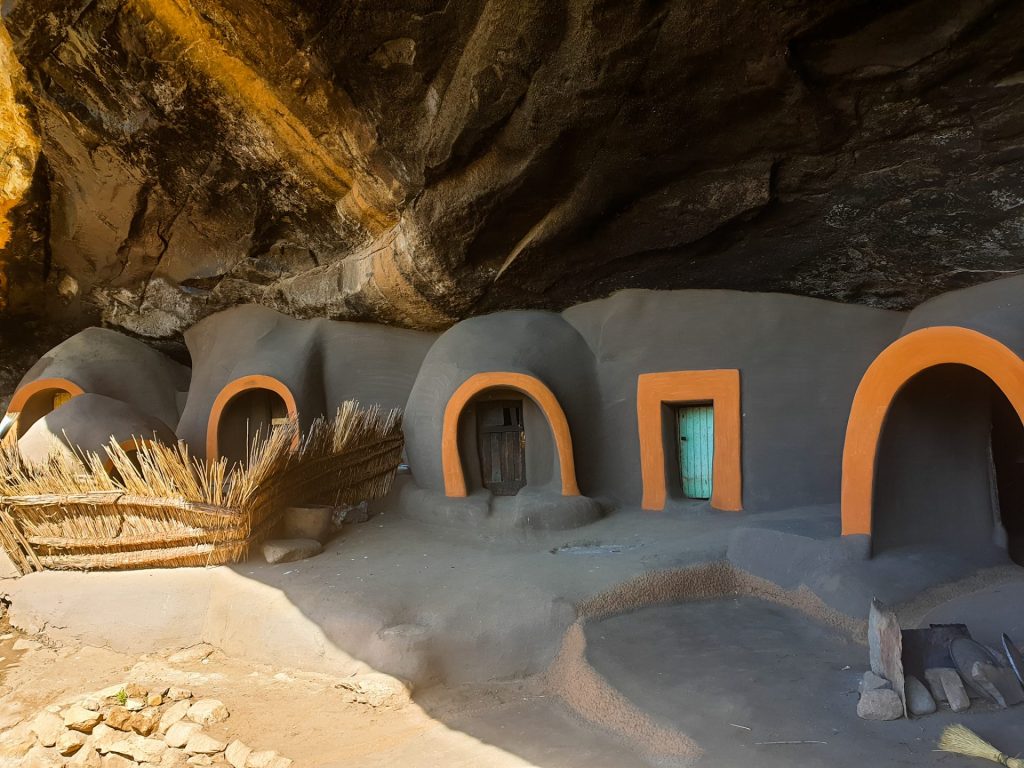
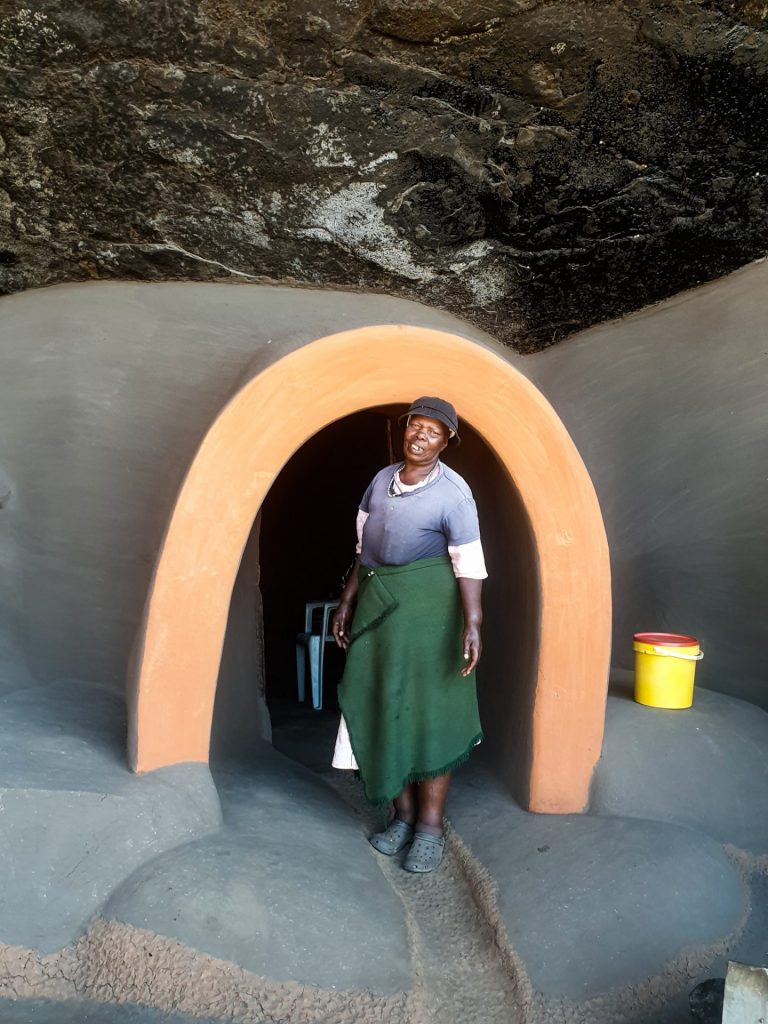
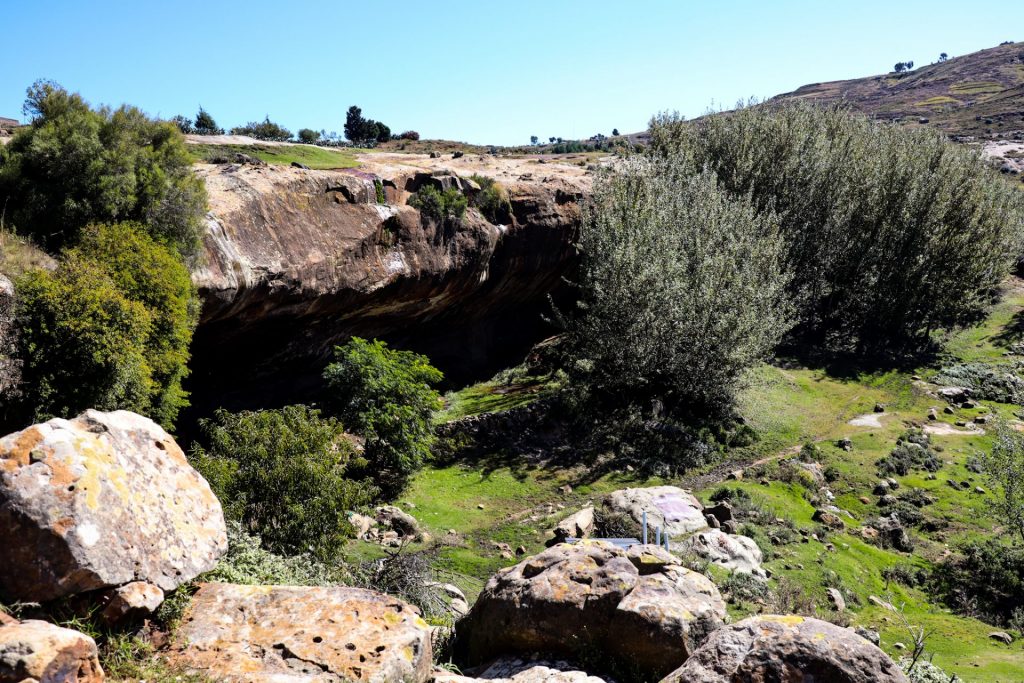
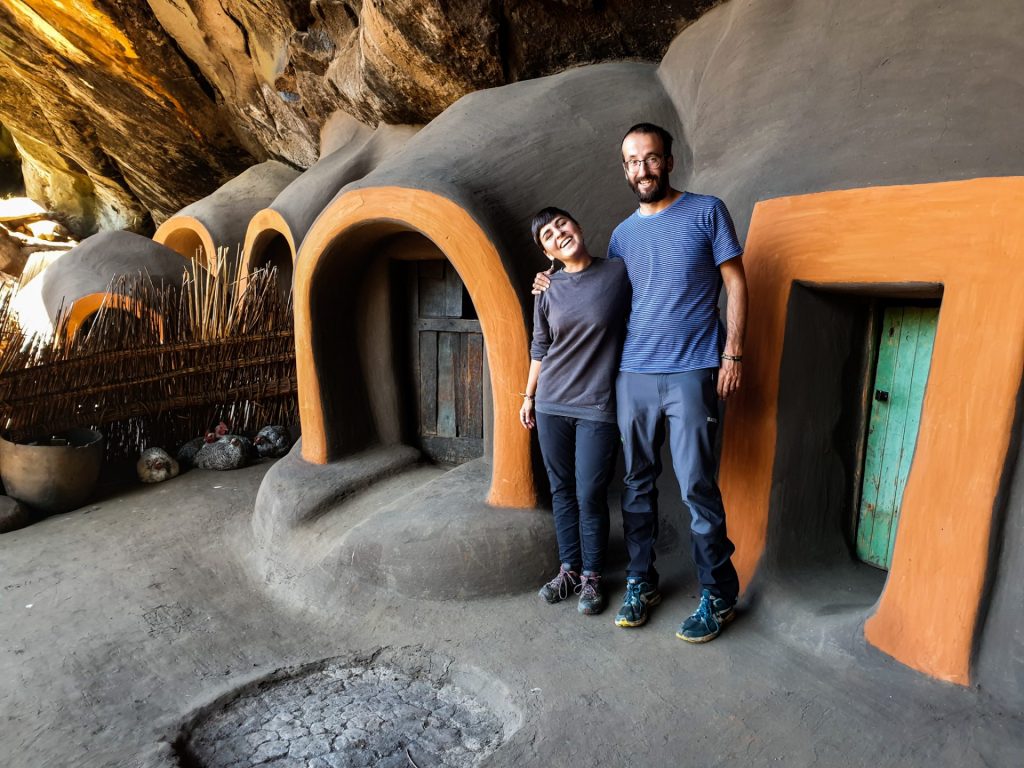
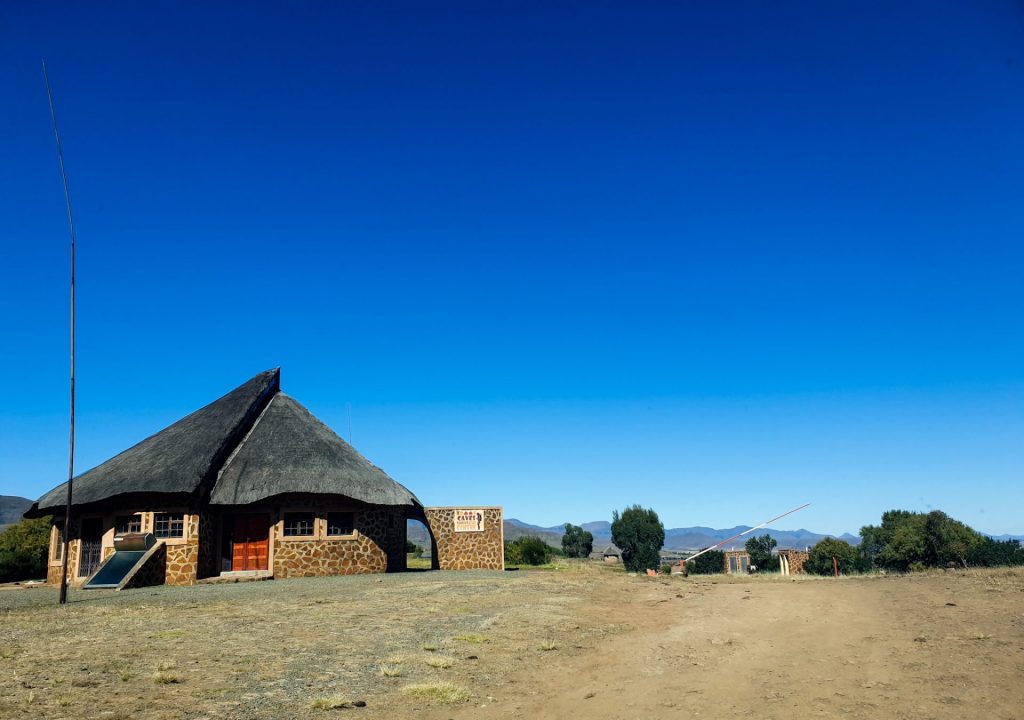


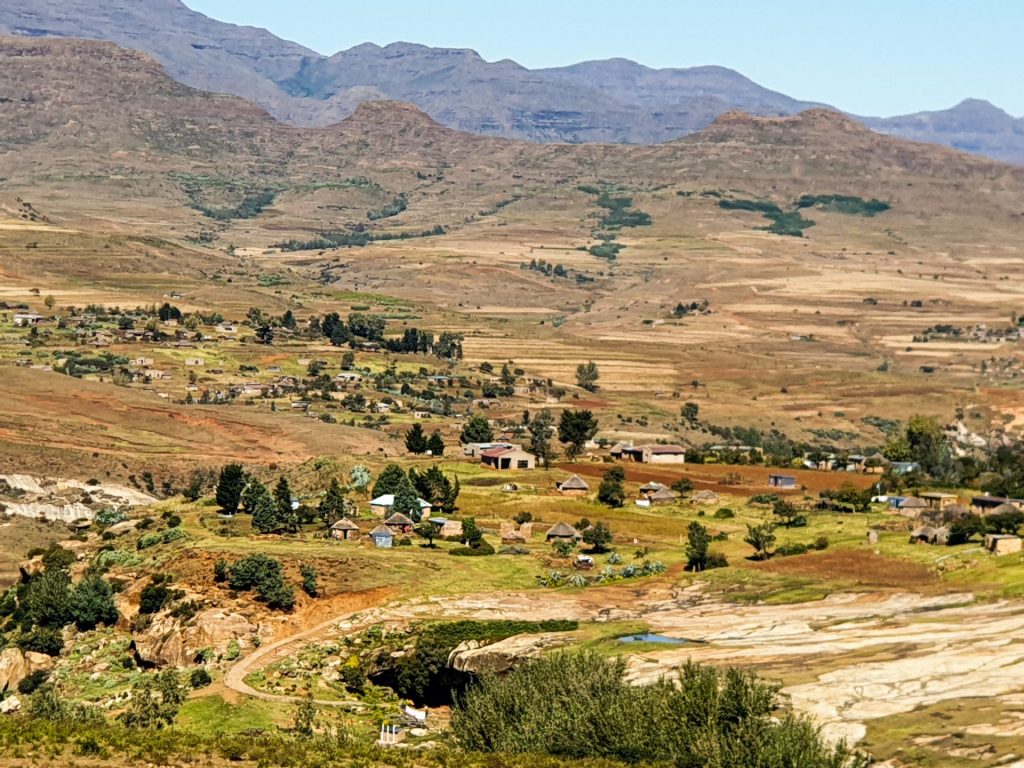

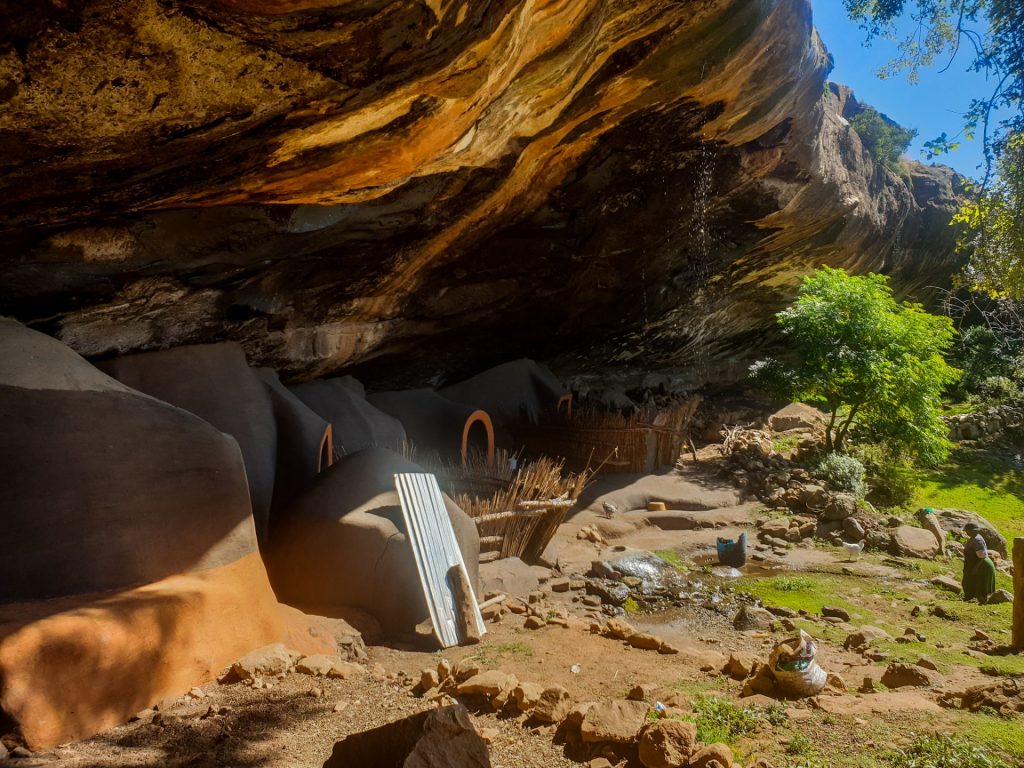

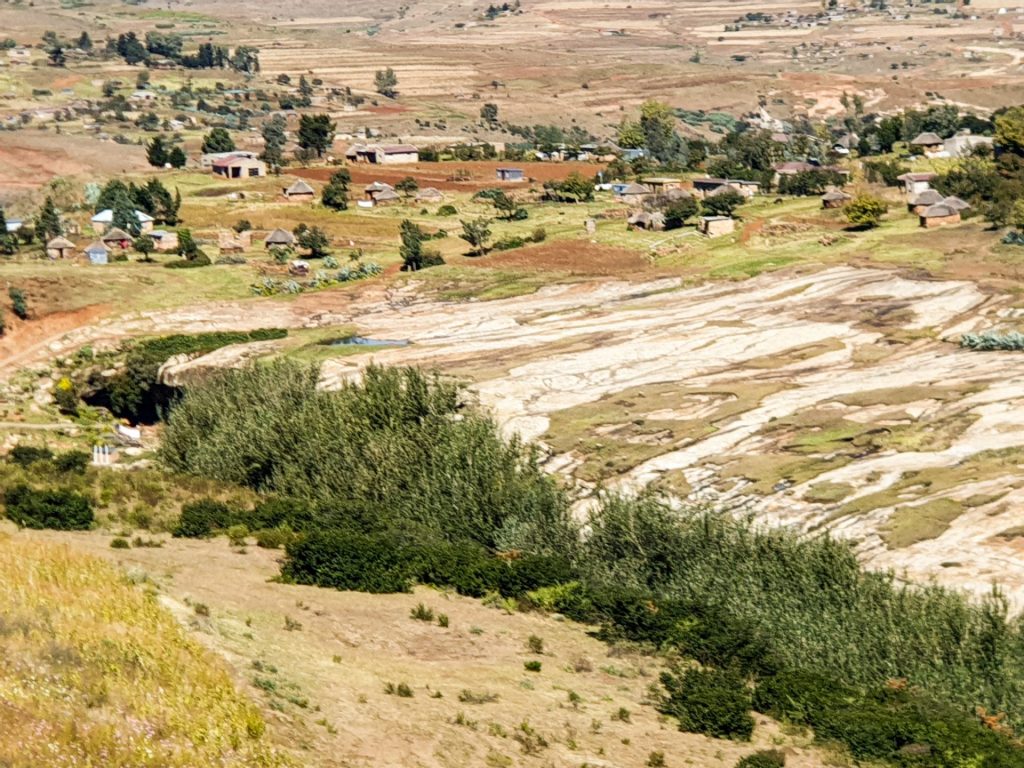
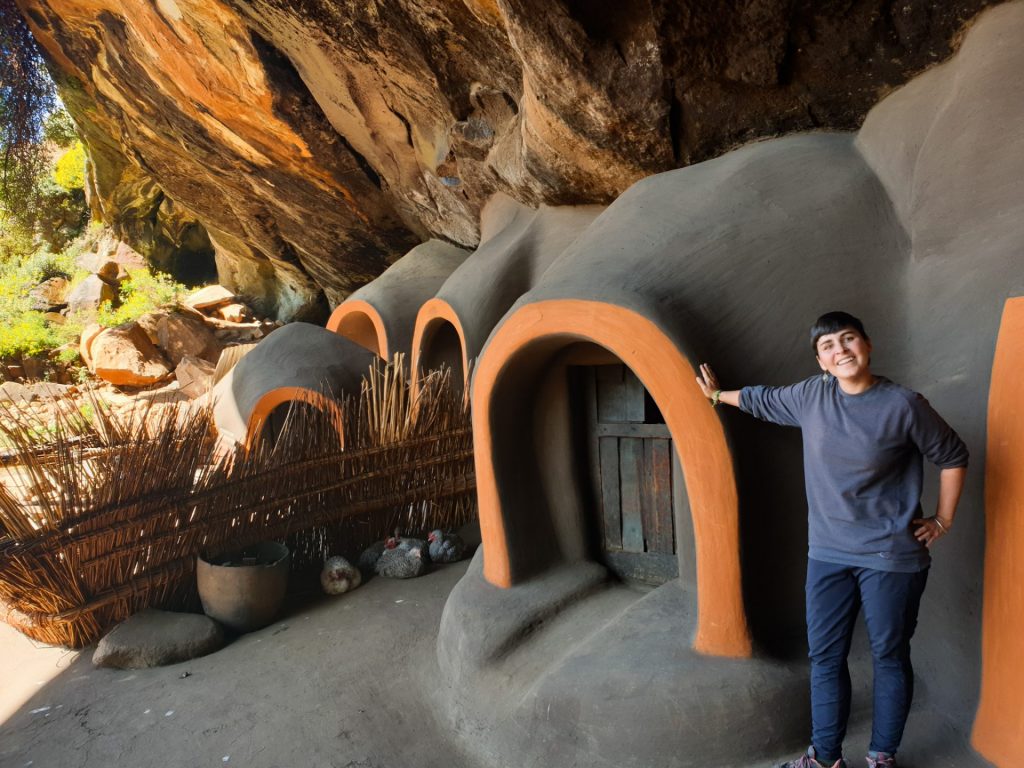
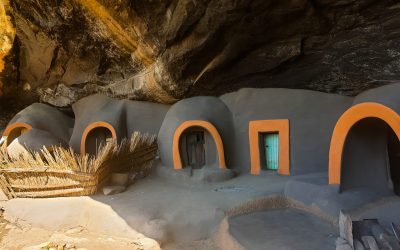
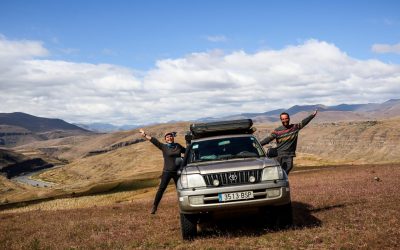

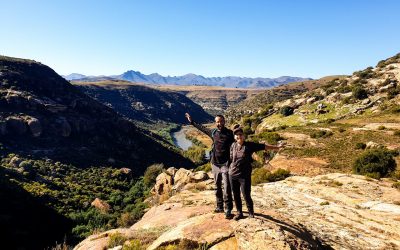
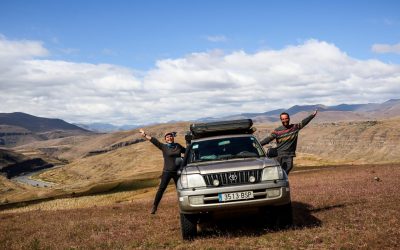


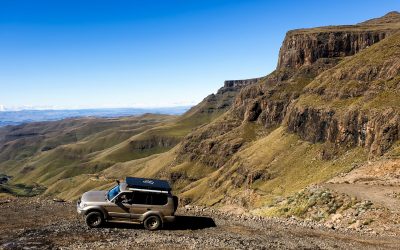

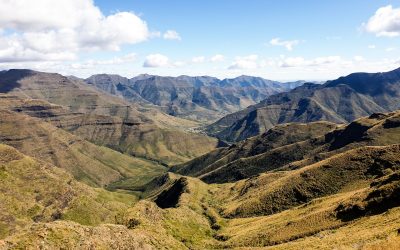
0 Comments